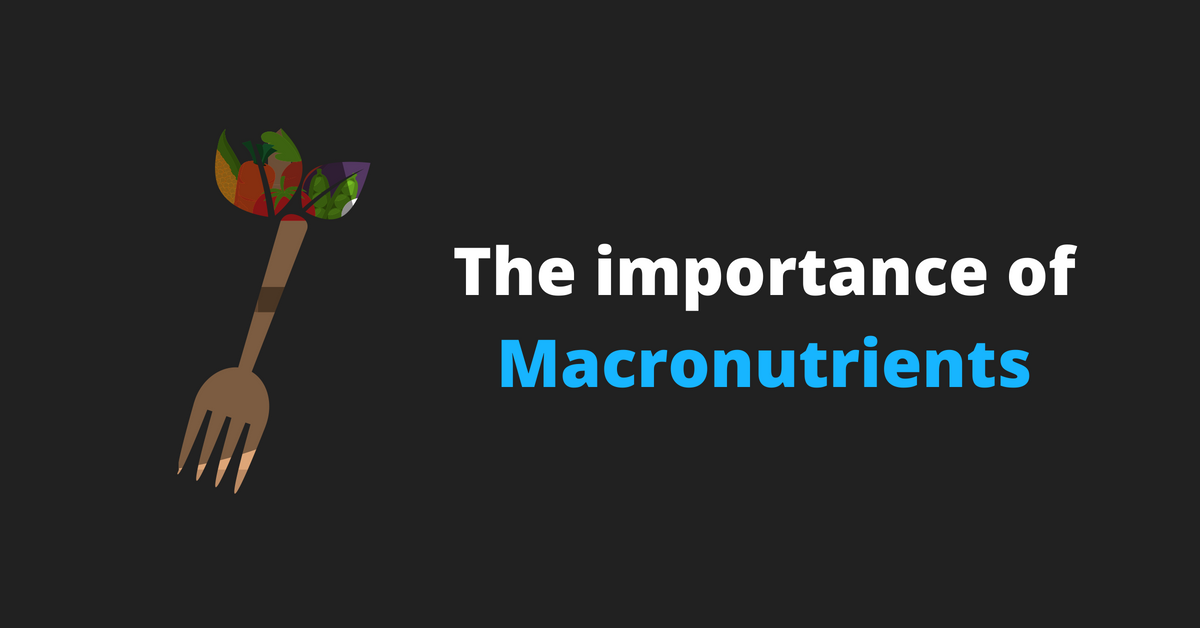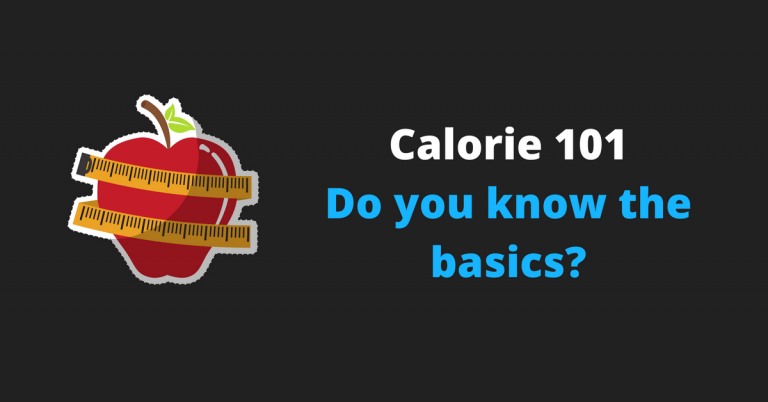Macronutrients – The Foundation Of Your Success
Why do we say this?
Well, if you care about your health in general as well as your muscle growth, weight loss, and everything about your body in general, your diet and macronutrients distribution are number one priority.
There are two main elements which will determine whether your diet will be successful :
- Your calorie intake
- Your macros (macronutrients) intake
We covered the calorie intake topic and showed you how to calculate them depending on what your goal is.
Here, we’re going to do pretty much the same but now we will include how should you calculate your macros intake alongside your calorie intake for efficient weight loss or muscle gain or a little bit of both.
It’s going to be pretty simple, stick with us…
Macronutrients…
Macronutrients or macros as many people prefer to say have 3 main components:
- Proteins (1 gram=4 calories)
- Carbs (1gram=4 calories)
- Fat (1 gram= 9 calories)
So when you buy your food in stores and turn them on their backside and you see that nutritive table of content what you really see is all of these 3 (proteins, carbs, and fat) components combined, and below that you see how many percentages does each of them take place in that particular food/drink.
So the word „macros“ are always referring to these 3 components.
How do I calculate my macros?
In our previous article we’ve explained how to calculate calories and now we will teach you how to include your macros count in your calorie count.
This will be a bit hard for plain beginners but this is not nuclear science and you will understand it easily…believe us.
First and foremost
You will need to calculate your calorie intake which we explained in our article about calorie intake.
Then, when you’ve determined what is your ideal calorie intake you will need to implement your macros based on what your caloric intake is.
This will always be your first and most important step because your weight is going to change based on what your goal is (if maintenance isn’t…obviously) and you will need to count them again after some time to determine your new ideal caloric intake in order to progress further.
If you’ve figured this out by now you can move on to the next step which is…
Protein intake
This is the most important aspect of your diet after you’ve determined how many calories you should eat per day.
How come?
Well, the right amount of protein intake is crucial for your overall health and body functions, it’s the key element to building muscle tissue, and maintain your muscle tissue while you’re losing fat and many more little things.
Yes, this little guy is one badass which will help you a lot if you take him seriously.
So how much of protein should I eat per day?
Well, this also depends on your body weight and whether you’re trying to build muscle or lose fat or do a little bit of both the ideal protein intake should be around 0.8 and 1.3 grams of protein per pound of body weight.
But for the people who are pretty overweighted (well over 25% of body fat), we recommend that they use they desired body weight rather than their actual weight when calculating.
A good place to start or as we call it the golden middle should be around 1 gram of protein per pound of body weight but if you feel comfortable with more then do it.
Just remember that you need to spread out your protein intake throughout the whole day to let your body process, digest and absorb 100% of it.
Even though your body can absorb 30 – 50 grams of protein or even way more than that (some studies have shown that), you should still try to spread your protein intake in about 3-4 meals per day.
From where should I get my daily protein intake?
You should get your proteins from quality sources, that you like and prefer to eat. For example chicken, beef, turkey, fish, eggs, cottage cheese (or any cheese that’s below 5% fat), whey protein etc.
Now when you know how to calculate your protein intake let’s move on to the next one.
See, this is easy as we promised up top.
Fat intake
Now when you hear the word fat you start to think „but why do I need fat if I’m trying to lose it…that will make me even more fat…“.
But that’s not the point…
Your fat intake is also crucial to your overall progress, your overall health, and body functions as well. Fat will make your food taste better which will help you to sustain your diet, it helps you with your hormone production and also helps you to stay satiated.
How much fat should I eat per day?
Depending on your calorie intake and your goal you should take between 20-35% of your total calorie intake.
So if your daily intake is 2000 calories, and you take the bottom line of 20% for your fat intake, you should eat 400 calories worth of fat and as you already know 1 gram of fat has 9 calories you will calculate that you should eat around 45 grams of fat per day.
You see, you determine everything from your calorie intake so when you do this calculation use your own ideal calorie intake and do the quick maths.
Simple right?
From where should I get my daily fat intake?
Well, not from fast food restaurants obviously…
You want to eat high-quality sources of fat that you don’t have trouble eating, digesting or don’t have any allergic reaction to. You can eat all kinds of nuts, nut butter, olive oil, fish oil, coconut oil, fatty fish (salmon for example) and so on.
And now comes the last but not the less important part of our article which is…
Carbs intake
Carbs will not help your body in any other way than providing you with energy for your training and everyday activities and your recovery.
It will also help you to love your diet and be able to sustain it rather than be hungry and grumpy all the time and hate everyone and everything, including your diet, which we won’t let you do.
How many carbs should I eat per day?
Well, we calculated protein and fat intake and when you subtract those numbers from your total calorie intake, whatever is left will be your carb intake.
What that number is will again depend on your calorie intake and your distribution of protein and fat.
So here’s an example of full-calorie and macros calculation based on random numbers:
- A random person weights at 200 lbs and has figured out that their ideal calorie intake is 3000 calories per day
- That person wants to eat 1.3 grams of protein per pound of their weight which is 260 grams of protein. Protein has 4 calories per 1 gram so that will be a total of 1040 calories from proteins (260 x 4 = 1040).
- That person also decided that their ideal fat intake should be 20% of their total calorie intake. Since this person eats 3000 calories per day, 20% of 3000 calories will be 600 calories worth of fat. If 1 gram of fat has 9 calories they will calculate that they will take around 67 grams of fat per day (600 ÷ 9 ≈ 67).
- Now, that person has 1040 calories worth of proteins and 600 calories worth of fat and since that person eats 3000 calories per day, they have 1360 calories left.
- All those 1360 calories should come from carbs. And as we know 1 gram of carbs has 4 calories, that person should eat around 340 grams of carbs per day (1360 ÷ 4 = 340)
And that’s it.
This person now knows how to fulfill their calorie intake with all macros they need.
When you calculate this you need to use your own numbers as this is only a random example.
Remember that…
From where should I get my daily carbs intake?
Again, you need to take your carbs from high-quality sources that you like to eat. For example fruits, vegetables, oats, white/brown rice, potatoes, integral pasta and so on.
And that’s it.
You’ve designed your own custom macro diet.
Amazing isn’t it?
Now all you need to do is to adjust your diet to your own preferences and by preferences, we mean…eat what you enjoy eating from all of those sources of high-quality foods that we mentioned.
Feel free to explore and find out more unusual but still high-quality foods and share it with us.
And we can’t emphasize this enough…
Always remember to stay within your recommended macro range and always pay attention to your calories as you progress.
Weigh yourself and calculate them again.
As you see it’s pretty simple.
And feel free to experiment with your macros as long as you stay in your calorie zone (more proteins, less/more fat/carbs etc).
If you liked this article be sure to leave a comment.
You can also check out and download our mobile app WorkoutMemo and customize, track, analyze your own workout plan or subscribe and get our own custom designed workout plans!
Team GYMBERS

